Pasta Primavera is a classic vegetarian pasta dish that celebrates fresh vegetables and a light, creamy sauce. This colorful, flavor-packed meal is the perfect combination of tender pasta, sautéed seasonal vegetables, and a buttery Parmesan sauce that clings to every bite.
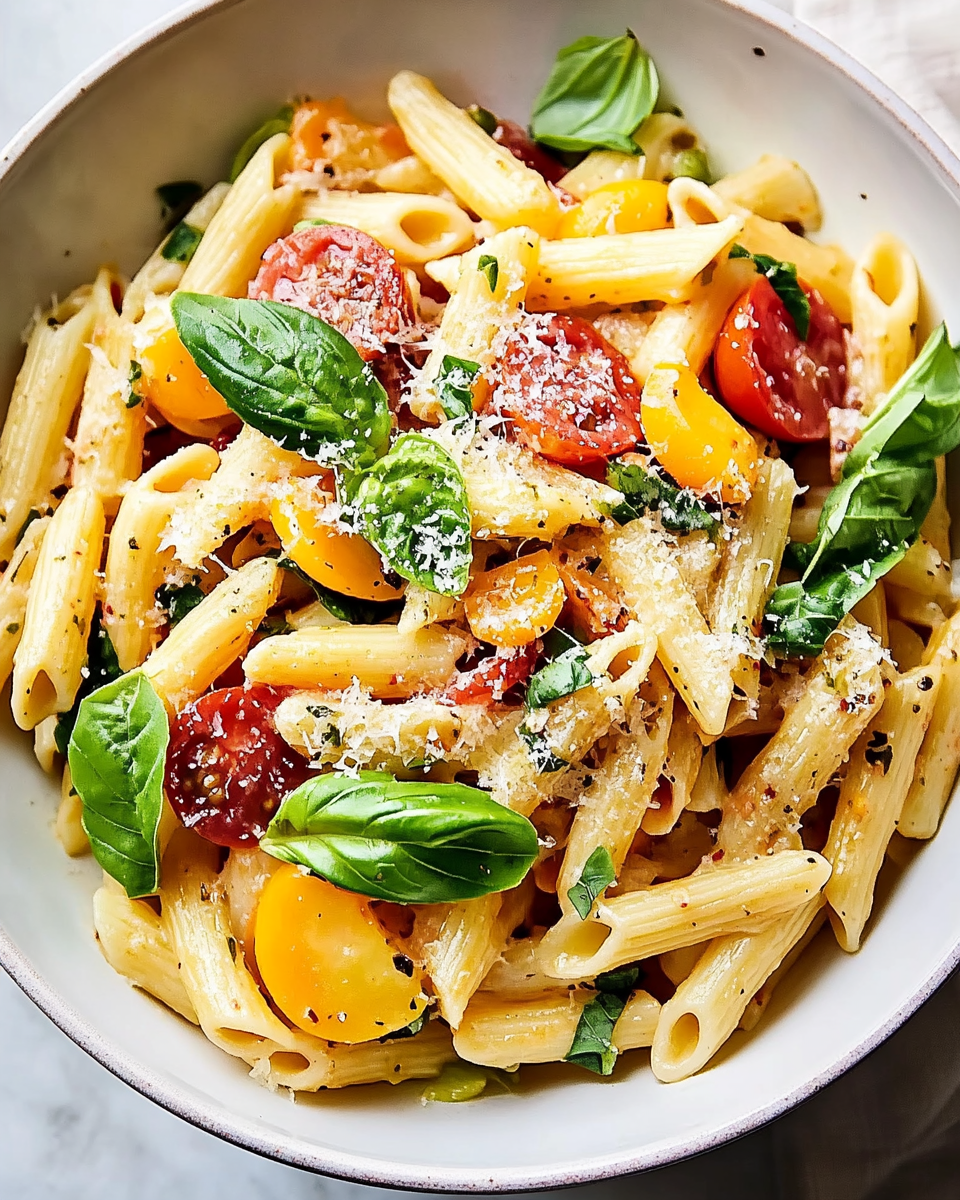
Though the name Primavera means “spring” in Italian, this dish is beloved year-round for its simplicity, versatility, and balance. It’s a go-to choice for anyone craving a satisfying, meatless main course that feels both comforting and fresh.
Why You’ll Love This Recipe
This version of Pasta Primavera goes beyond the basics by using a mix of sautéed carrots, zucchini, yellow squash, cherry tomatoes, and sun-dried tomatoes for layered flavor and texture. The sauce—made from melted butter, whole milk, and freshly grated Parmesan—adds richness without being heavy.
Here’s what makes this dish stand out:
- A creamy, cheesy sauce without the use of heavy cream
- Bright, tender vegetables with just the right bite
- Quick 40-minute total prep and cook time
- Easily customizable with your favorite pasta or seasonal produce
- Vegetarian-friendly and family-approved
Whether you’re making a cozy weeknight dinner or hosting a weekend lunch, this pasta primavera is the kind of recipe that satisfies every time.
Tools You’ll Need
To execute this recipe smoothly, make sure you have the following kitchen tools ready:
- Large pot: For boiling pasta
- Large skillet or sauté pan: To cook vegetables and sauce
- Knife and cutting board: For prepping all the vegetables
- Whisk or wooden spoon: To stir the sauce for a smooth texture
- Colander: For draining the cooked pasta
Each tool plays a role in getting the texture and flavor just right, especially when sautéing vegetables and building the sauce.
Pro Prep Tips for Success
Before you begin, keep these preparation tips in mind:
- Salt your pasta water well to enhance overall flavor.
- Cut vegetables into uniform sizes to ensure even cooking.
- Sauté vegetables separately to maintain texture and color.
- Use freshly grated Parmesan for the best melt and flavor.
- If the sauce thickens too much, add a splash of pasta water or milk.
These small steps ensure your dish is both visually stunning and delicious.
Ingredients at a Glance
Here’s a clear and organized breakdown of what you’ll need:
Pasta & Oil
- 12 ounces pasta (penne or bucatini recommended)
- 2 tablespoons extra-virgin olive oil
Vegetables
- 1 large shallot, thinly sliced
- 1 large carrot, cut into matchsticks
- 1 medium zucchini, halved lengthwise and sliced into ¾-inch pieces
- 1 medium yellow squash, halved lengthwise and sliced into ¾-inch pieces
- 1½ cups cherry tomatoes, halved
- ⅓ cup sun-dried tomatoes, chopped
Sauce Ingredients
- 6 tablespoons unsalted butter, cut into pieces
- ¾ cup freshly grated Parmesan cheese, plus more for serving
- ½ cup whole milk (plus more if needed)
Seasoning
- 1 teaspoon dried basil
- ½ teaspoon garlic powder
- ½ teaspoon sea salt
- ½ teaspoon freshly cracked black pepper
Optional Toppings
- Chopped fresh basil or flat-leaf parsley
- Crushed red pepper flakes
Step-by-Step Instructions
- Cook the Pasta
Bring a large pot of salted water to a boil. Cook pasta until al dente according to package instructions. Drain and set aside. - Sauté Shallot and Carrots
In a large skillet over medium-high heat, heat 1 tablespoon olive oil. Add sliced shallot and carrots. Cook for about 5 minutes until softened. Transfer to a plate. - Cook Zucchini and Squash
Add the remaining tablespoon of olive oil to the skillet. Place zucchini and squash in a single layer. Sauté about 3 minutes per side until golden and tender. Transfer to the plate. - Make the Sauce
In the same skillet, melt the butter. Once fully melted, whisk in Parmesan, milk, dried basil, garlic powder, salt, and pepper until smooth and slightly thickened. - Add Tomatoes
Stir in sun-dried tomatoes and cherry tomatoes. Cook just until warmed through, about 2 minutes. Remove from heat. - Combine Everything
Add the drained pasta and all sautéed vegetables back into the skillet. Toss well to evenly coat everything in the sauce. - Finish and Serve
Plate the pasta and top with extra Parmesan, chopped herbs, and crushed red pepper flakes if desired.
The Best Way to Serve Pasta Primavera
Pasta Primavera is best enjoyed hot, straight from the skillet. Its creamy Parmesan sauce gently coats every piece of pasta and vegetable, making it a satisfying yet light dish. For optimal flavor, serve it immediately after tossing everything together.
Garnish to Enhance Flavor and Appearance
- Sprinkle with extra freshly grated Parmesan just before serving.
- Add a few torn fresh basil leaves or chopped flat-leaf parsley for brightness.
- A pinch of crushed red pepper flakes offers a subtle heat that complements the creaminess.
Serve in shallow pasta bowls for a restaurant-style presentation, and be sure to offer crusty bread or garlic toast on the side to soak up any extra sauce.
Common Mistakes to Avoid
Although this dish is simple, a few common mistakes can affect the final result. Here’s how to avoid them and ensure a consistently delicious outcome.
1. Overcooking the Pasta
Mistake: Cooking pasta too long makes it mushy and ruins the texture.
Fix: Boil until just al dente. The pasta will finish cooking slightly when tossed in the warm sauce.
2. Overcrowding the Pan When Sautéing Veggies
Mistake: Cooking all vegetables at once leads to steaming, not sautéing.
Fix: Cook vegetables in batches, especially zucchini and squash, so they brown and retain a slight bite.
3. Using Pre-Grated Parmesan
Mistake: Pre-shredded cheese contains anti-caking agents that prevent smooth melting.
Fix: Always use freshly grated Parmesan for a smooth, velvety sauce.
4. Skipping Seasoning Layers
Mistake: Relying solely on the final seasoning results in a flat dish.
Fix: Season vegetables during cooking and adjust the sauce before combining with the pasta.
5. Letting the Pasta Sit Too Long
Mistake: Pasta that sits before serving may soak up too much sauce and dry out.
Fix: Have everything ready before draining the pasta and toss it with the sauce right away.
How to Make It Even Better
Here are a few tips to elevate your Pasta Primavera to a restaurant-quality meal:
- Reserve some pasta water before draining. It can be added to loosen the sauce without watering down the flavor.
- Use seasonal vegetables. Spring asparagus, green peas, or even snap peas make delicious additions.
- Add a splash of white wine while cooking the sauce for depth and complexity.
- Use high-quality olive oil for sautéing to enhance the overall flavor.
8 Side Dishes That Pair Perfectly
Though Pasta Primavera can stand alone as a meal, pairing it with a well-chosen side enhances the experience. Here are eight side dish ideas that balance its creamy texture and fresh flavor.
1. Garlic Bread or Toasted Focaccia
Crispy on the outside and soft on the inside, garlic bread or herbed focaccia is ideal for scooping up extra sauce.
2. Arugula Salad with Lemon Vinaigrette
The peppery bite of arugula paired with a tangy vinaigrette offers a refreshing contrast to the creamy pasta.
3. Roasted Asparagus with Parmesan
A simple oven-roasted vegetable with a sprinkle of Parmesan ties in perfectly with the pasta’s flavors.
4. Caprese Salad
Tomatoes, mozzarella, and basil echo the flavors in Pasta Primavera while adding a cool, fresh component to your meal.
5. Balsamic Roasted Brussels Sprouts
Slightly charred Brussels sprouts drizzled with balsamic reduction bring richness and umami.
6. Marinated Olives and Artichokes
A small antipasto-style starter with briny, tangy notes balances the softness of the pasta.
7. Creamy Tomato Basil Soup
If you’re serving this pasta as a dinner party course, start with a warm, velvety tomato soup to complement the dish.
8. Grilled Lemon-Herb Chicken (Optional for Non-Vegetarians)
For those wanting added protein, a simple grilled chicken breast seasoned with lemon, garlic, and herbs fits in seamlessly without overpowering the vegetables.
Pro Tips for the Best Pasta Primavera
This dish is designed to be simple, but a few expert strategies can take your Pasta Primavera from good to outstanding.
Use Fresh, Seasonal Vegetables
The fresher the vegetables, the more vibrant the flavor and texture. In spring and summer, look for zucchini, squash, carrots, asparagus, and cherry tomatoes. In fall, try bell peppers, mushrooms, or spinach.
Grate Parmesan Fresh from the Block
Avoid pre-shredded cheese. Freshly grated Parmesan melts better and gives your sauce a smoother, more luxurious texture. It also adds better flavor and avoids any chalky texture.
Don’t Skip the Pasta Water
Before draining your pasta, reserve half a cup of the cooking water. Its starchiness helps emulsify the sauce and gives it a silky finish. Add it gradually when tossing the pasta to achieve your ideal consistency.
Customize the Protein
While this is a vegetarian dish by design, it’s easy to adapt:
- Add grilled chicken for a protein-rich version
- Stir in cooked shrimp for a seafood twist
- Toss with white beans or chickpeas to keep it plant-based
How to Store Leftovers
Pasta Primavera stores well for short periods, making it a great option for meal prep or leftovers.
Refrigeration
- Allow the pasta to cool completely before storing.
- Transfer to an airtight container.
- Store in the refrigerator for up to 3 to 4 days.
Avoid letting the pasta sit out for extended periods before refrigerating, as the sauce can separate and become oily.
Freezing
Freezing is not recommended. The vegetables can become soggy, and the sauce may break when thawed. If you must freeze it, use an airtight container and thaw gently in the refrigerator before reheating.
How to Reheat Pasta Primavera
Preserving the creamy texture during reheating requires a bit of care.
Stovetop Method
- Add a splash of whole milk or reserved pasta water to a skillet.
- Reheat the pasta on medium-low heat, stirring gently until warmed through.
- Add a sprinkle of Parmesan to restore creaminess, if needed.
Microwave Method
- Place pasta in a microwave-safe bowl.
- Stir in a tablespoon of milk.
- Cover loosely and heat in 30-second intervals, stirring in between until warm.
Avoid overheating, as it can make the vegetables soggy and the sauce oily.
Frequently Asked Questions (FAQs)
What is Pasta Primavera made of?
It’s typically made of pasta, sautéed fresh vegetables, and a light sauce—usually butter- or olive oil-based, sometimes creamy, and often finished with Parmesan cheese and herbs.
Can I make Pasta Primavera vegan?
Yes. Substitute the butter with a plant-based version, use unsweetened non-dairy milk (like oat or almond), and replace the Parmesan with vegan cheese or nutritional yeast.
Is Pasta Primavera healthy?
Absolutely. It’s packed with vegetables and lower in fat than heavy cream-based pastas. Using whole-grain or legume-based pasta can also boost fiber and protein content.
Can I make this dish gluten-free?
Yes. Use your favorite gluten-free pasta, and double-check that your cheese and seasonings are certified gluten-free.
Why did my sauce turn out too thick?
This may happen if the pasta sits too long in the sauce. Thin it out with a splash of milk or reserved pasta water, and stir until smooth.
What other vegetables can I use?
Try broccoli florets, spinach, green beans, red bell peppers, peas, or mushrooms. Just adjust the sauté time depending on the vegetable’s density.
What’s the best pasta shape for Primavera?
Short pasta like penne, bucatini, farfalle, or rotini works best. These shapes hold the sauce and small vegetables well.
Conclusion: A Fresh Take on Classic Comfort
Pasta Primavera is a versatile, vibrant, and incredibly satisfying dish that’s easy to master. It brings together the best of seasonal vegetables, creamy cheese, and tender pasta into one colorful plate. Whether you serve it as a weeknight dinner, a vegetarian option at a gathering, or a fresh alternative to heavier pasta dishes, this recipe always delivers.
Its real beauty lies in how customizable it is. With a few tweaks, you can make it dairy-free, gluten-free, or protein-packed. And no matter the variation, it remains true to its roots: fresh, simple, and full of flavor.
If you’re looking to embrace the seasons and enjoy a lighter pasta dish that doesn’t compromise on comfort, Pasta Primavera deserves a spot in your regular rotation.
Pasta Primavera
Ingredients
- 12 ounces pasta penne or bucatini recommended
- 2 tablespoons extra-virgin olive oil
- 1 large shallot thinly sliced
- 1 large carrot cut into matchsticks
- 1 medium zucchini halved lengthwise and sliced into ¾-inch pieces
- 1 medium yellow squash halved lengthwise and sliced into ¾-inch pieces
- 6 tablespoons unsalted butter cut into pieces
- ¾ cup freshly grated Parmesan cheese plus more for serving
- ½ cup whole milk plus more as needed
- 1 teaspoon dried basil
- ½ teaspoon garlic powder
- ½ teaspoon sea salt
- ½ teaspoon freshly cracked black pepper
- ⅓ cup sun-dried tomatoes chopped
- 1½ cups cherry tomatoes halved
- Optional for serving: Chopped fresh basil or flat-leaf parsley crushed red pepper flakes
Instructions
- Bring a large pot of salted water to a boil. Cook pasta until al dente according to package instructions. Drain and set aside.
- While the pasta cooks, heat 1 tablespoon olive oil in a large skillet over medium-high heat. Add shallot and carrots and sauté for about 5 minutes, until softened. Transfer to a plate.
- Add the remaining tablespoon of olive oil to the skillet. Arrange zucchini and squash in a single layer and cook for about 3 minutes per side, until golden brown. Transfer to the plate with the carrots and shallot.
- In the same skillet, melt the butter. Once melted, whisk in the Parmesan cheese, milk, dried basil, garlic powder, salt, and pepper until smooth.
- Stir in the sun-dried tomatoes and cherry tomatoes. Cook until just warmed through, then remove from heat.
- Add the drained pasta and cooked vegetables back into the skillet. Toss until everything is evenly coated with the sauce.
- Serve hot, topped with extra Parmesan, chopped fresh basil or parsley, and crushed red pepper flakes, if desired.
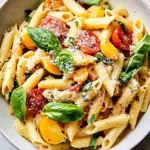
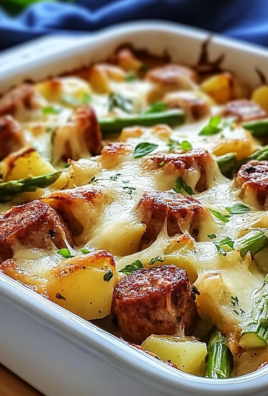
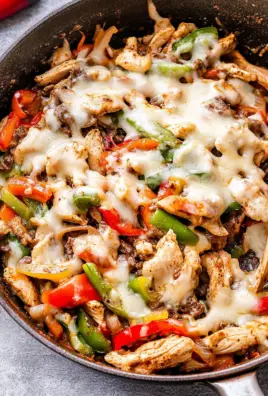
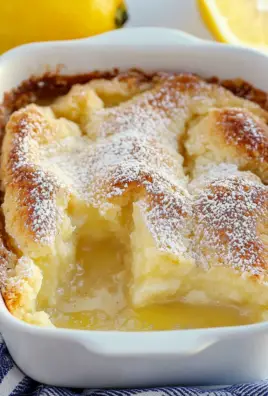
Leave a Comment